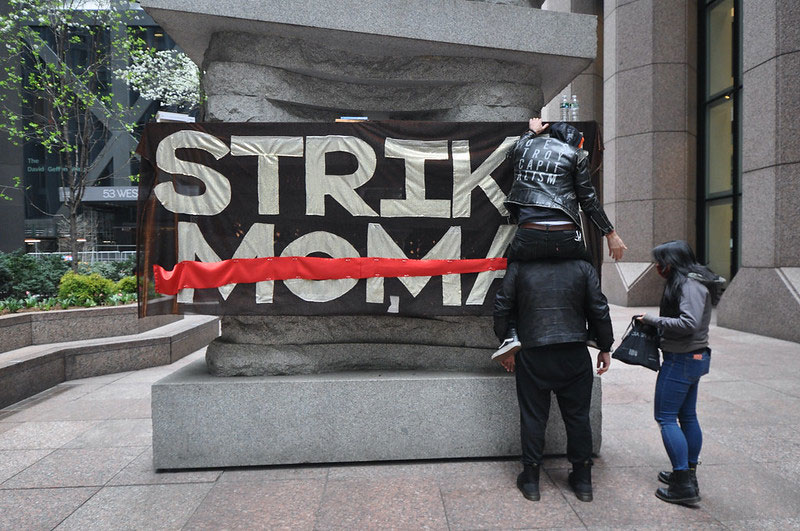| Get the newswire delivered to you – free! {source} [[form name=”ccoptin” action=”http://visitor.constantcontact.com/d.jsp” target=”_blank” method=”post”]] [[input type=”text” name=”ea” size=”20″ value=”” style=”font-family:Verdana,Geneva,Arial,Helvetica,sans-serif; font-size:10px; border:1px solid #999999;”]] [[input type=”submit” name=”go” value=”GO” class=”submit” style=”font-family:Verdana,Arial,Helvetica,sans-serif; font-size:10px;”]] [[input type=”hidden” name=”m” value=”1101451017273″]] [[input type=”hidden” name=”p” value=”oi”]] [[/form]] {/source} | Subscribe via RSS | Submit a News Item |
March 23, 2010; Catholic News Service | It was sad to see the health insurance reform vote break down entirely on party lines. Remember that a number of Republicans crossed the aisle to vote for Social Security under FDR and Medicare under LBJ. But the nation’s conservative party, perhaps egged on by gatherings of Tea Party activists shouting occasionally vile, racist, and homophobic epithets, rejected any semblance of bipartisanship.
Even if the bill now proceeds apace, fending off the legal and legislative feints and tactics of the opposition, most of the pertinent provisions of the legislation will not take affect for some years—including pieces important to nonprofits. Assuming nothing huge happens to change the legislation that is heading to the President’s desk (the Patient Protection and Affordable Care Act), here are some nonprofit-specific provisions:
Sign up for our free newsletters
Subscribe to NPQ's newsletters to have our top stories delivered directly to your inbox.
By signing up, you agree to our privacy policy and terms of use, and to receive messages from NPQ and our partners.
In 2010, nonprofit employers with less than 25 employees will be eligible for government subsidization of the costs of providing health insurance to their employees. The total subsidy—for nonprofit employers between 2010 and 2013, taken against the employer match for employee withholding for Social Security and Medicare—is capped at 25 percent of the organization’s health insurance costs (for-profits start at 35 percent). The average wage paid, however, has to be $50,000 or less. So it is possible that even many small nonprofit employers might not qualify for the subsidy.
- In 2014, the cap on government subsidization of eligible small nonprofit employer costs rises to 35 percent (lower than the for-profit employer cap, which also rises in 2014). But that only happens if the nonprofits purchase insurance on state-established nonprofit exchanges.
- In 2012, we will see the long-promised nonprofit insurance co-ops created and operating to compete with for-profit (and other nonprofit insurers). Why compete with other nonprofit insurers? The distinction, one hopes, is that the coops will be owned by patients and doctors.
As a commentator for the Washington Post noted, nonprofit status doesn’t mean that much among the major health insurers. The nonprofit Blues, for example, are raising their rates no less significantly than their for-profit competitors, and they pay their executives 7-figure salaries and raises even during the worst of the recession.—Rick Cohen












